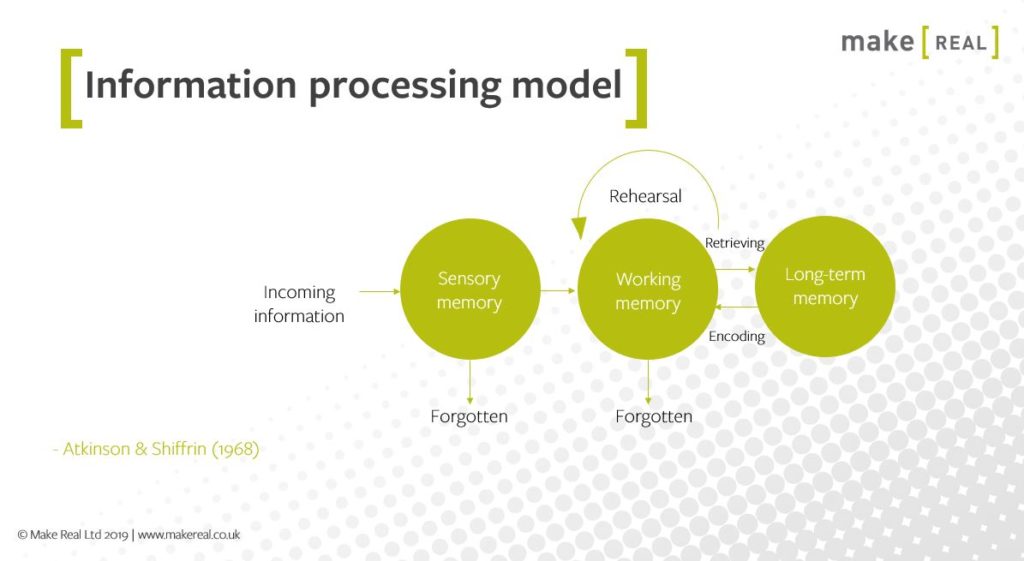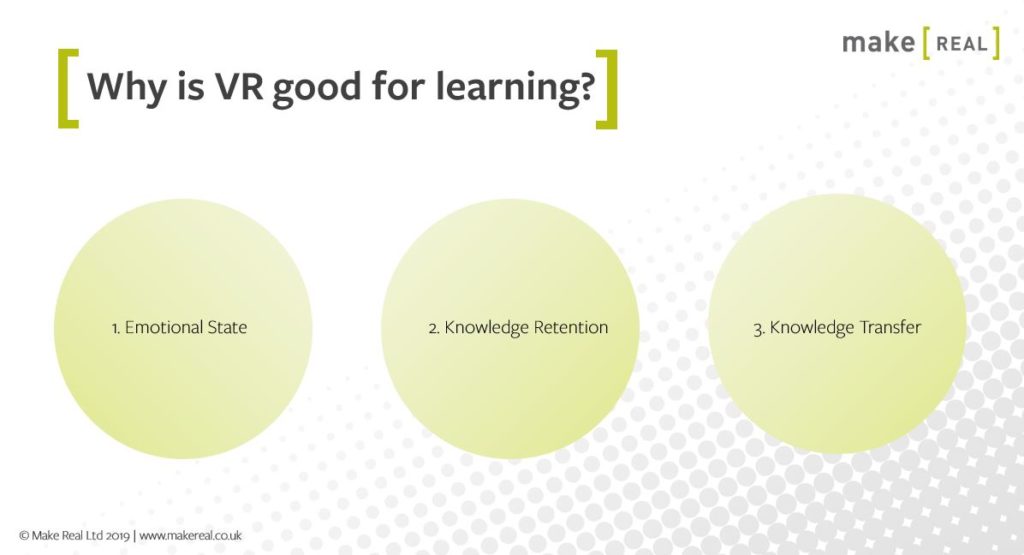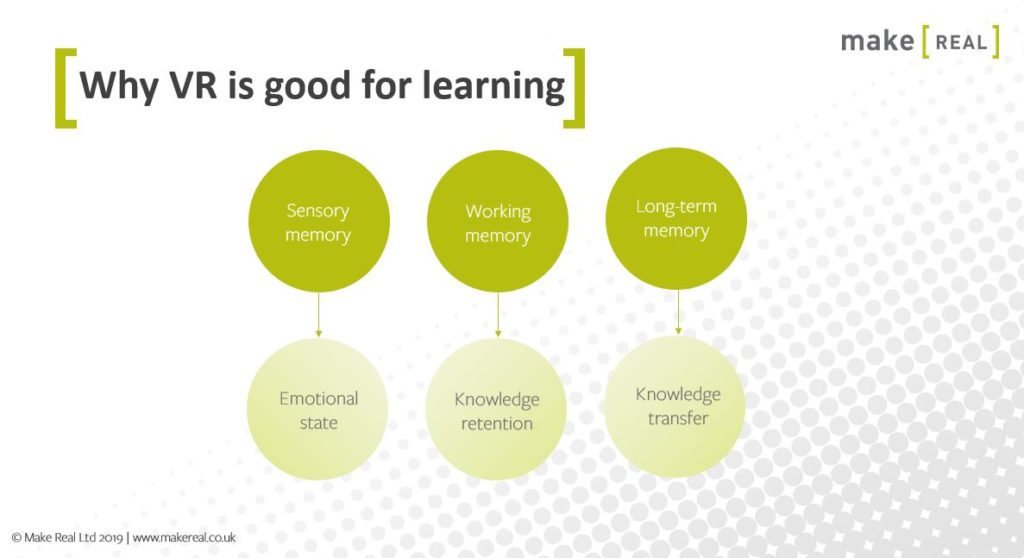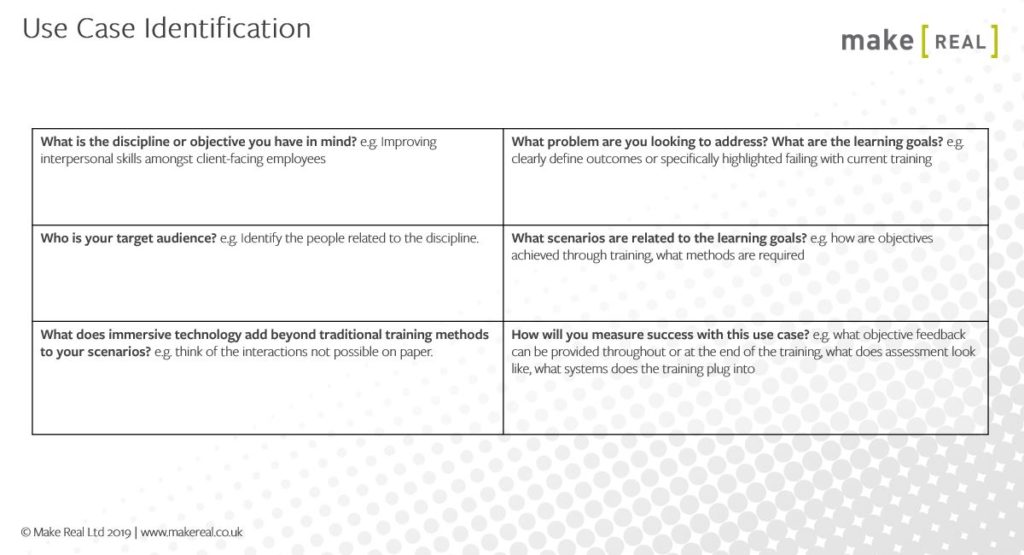This blog post accompanies our webinar on the subject, which you can listen to the recording of here: https://www.youtube.com/watch?v=qEGhjFQpR7s
It’s been three years since the commercial launches of the first generation of the new wave of VR headsets, many of which have since been iterated upon, or even made redundant, by newer models released in 2019. VR hasn’t yet gone full-blown mainstream and whilst the hype may have faded from the media and marketing attention, we are steadily moving from early-adopter to early- majority phase, mid-leap across the chasm.
Therefore it is key that we, as creators within the space, continue to focus on validation of use cases for the technology to ensure those who are experiencing it for the first time, and we’re still looking at roughly 8 out of 10 people here, are able to grasp the potentials as we have, without dismissing it as a gimmick or a fad (for those people still exist in their droves).
However this shouldn’t limit experimentation or close off development and availability of hardware and output to those creators still looking to dip their toe into the immersive waters; the rules are still to be written, not yet cast in stone. The platforms have solidified, not so much how we use them but there are some clear guidelines and learnings to draw upon for all creators, new and old alike.
As creators of immersive experiences, especially within the enterprise training and development space, we are always seeking to understand the benefits of using the latest technologies as part of the wider toolset for learning, constantly asking ourselves “Why?”, “What does it bring/add?”.
VR (& AR) has remained as one of the top 10 priorities within the “L&D Global Sentiment Survey” for the past two years, a sort of what’s hot and what’s not list compiled from professionals all around the world. Despite this enthusiasm, however, it clear that many businesses are struggling to know where to get started.

The Atkinson and Shiffrin’s Information Processing Model shows how many hurdles there are to remember something new. New information encountered needs to get our attention (entering sensory memory) or it’ll be forgotten immediately, or not even noticed in the first place. Once noticed, it moves into our short-term memory, but we need to start working with that information
pretty much right away or again, it will just be forgotten (in one ear, out the other). To really remember new information though, we have to commit to long-term memory. This is a much more complex process of mapping new information onto our existing memories and then practice it, to strengthen that connection. Otherwise, again, it’s just forgotten; learning something new, even with something relatively simple, doesn’t just happen by accident.

So how does VR help? There are three core uses of VR that map to information processing: 1. Emotional State, 2. Knowledge Retention, 3. Knowledge Transfer.
By mapping the Information Processing Model onto the three core uses of VR, we can quickly see how they complement each other and highlight the benefits of utilising immersive technologies for learning, as shown below:

We encourage clients and partners to work through the following table, either collaboratively with us or on their own, before determining whether VR is the correct technology for a specific learning use case. Rather than simply looking to check an innovation tickbox, it helps relevant stakeholders ensure that the training needs and outcomes, current pains and shortcomings could be addressed by VR and ultimately, to ensure that indirect stakeholders are engaged and on board with the budget, purpose and aims of the development outcomes. Remember, VR isn’t a magic bullet and shouldn’t necessarily replace existing training methods or materials, rather add a newly enhanced tool to an existing, effective toolset.

Our final advice is to start small, focus upon one or two key objectives, run user tests and iterate up.
We’re always happy to talk to you about how immersive technologies can engage your employees and customers. If you have a learning objective in mind, or simply want to know more about emerging technologies like VR, AR, or AI, send us a message and we’ll get back to you as soon as we can.